Tonka (1958) Online

In Dakota territory in the 1870s, White Bull, a young Sioux, proves his manhood by catching and training a wild colt he names Tonka. When a cruel cousin claims the horse as the privilege of rank, White Bull lets Tonka go. The horse ends up in the hands of a captain in the US cavalry about the time that Sitting Bull gathers the tribes to confront the growing US presence, epitomized by the bigoted General Custer. All paths, including those of White Bull and Tonka, lead to the confluence of the Little and Big Horn rivers.
| Cast overview: | |||
| Sal Mineo | - | White Bull | |
| Philip Carey | - | Capt. Miles Keogh | |
| Jerome Courtland | - | Lt. Henry Nowlan | |
| H.M. Wynant | - | Yellow Bull | |
| Joy Page | - | Prairie Flower | |
| Britt Lomond | - | Gen. George Armstrong Custer | |
| Rafael Campos | - | Strong Bear | |
| Herbert Rudley | - | Capt. Benteen | |
| Sydney Smith | - | Gen. Alfred Howe Terry | |
| John War Eagle | - | Chief Sitting Bull | |
| Gregg Martell | - | Cpl. Korn | |
| Slim Pickens | - | Ace | |
| Robert 'Buzz' Henry | - | Lt. Crittenden (as Robert Buzz Henry) |
According to actor, H.M. Wynant, who filmed with Sal Mineo, says Sal had a poker game going on every night. He was very sweet.
Aired on Wonderful World of Disney under the title Comanche.
After the last soldier was killed at the Battle of the Little Bighorn; the Indians didn't just ride away. The Indians stripped and mutilated the dead soldiers; the only exception was Lt. Colonel Myles Keogh (the owner of Comanche).
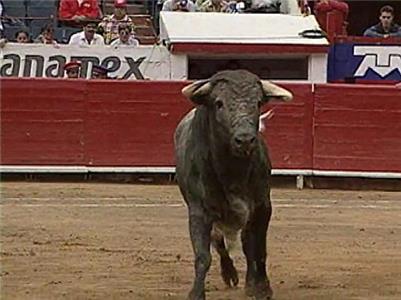

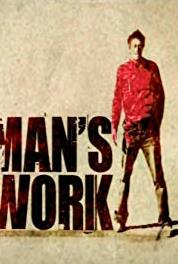
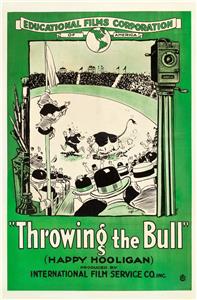
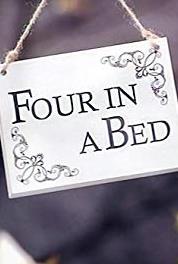
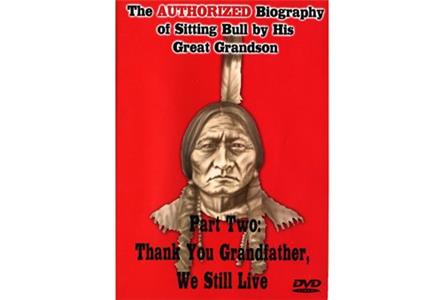
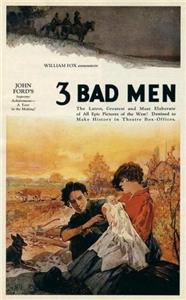
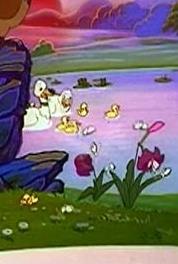
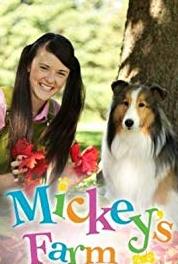
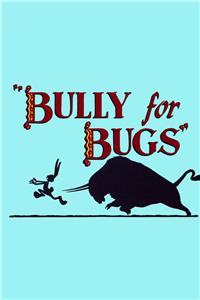
User reviews